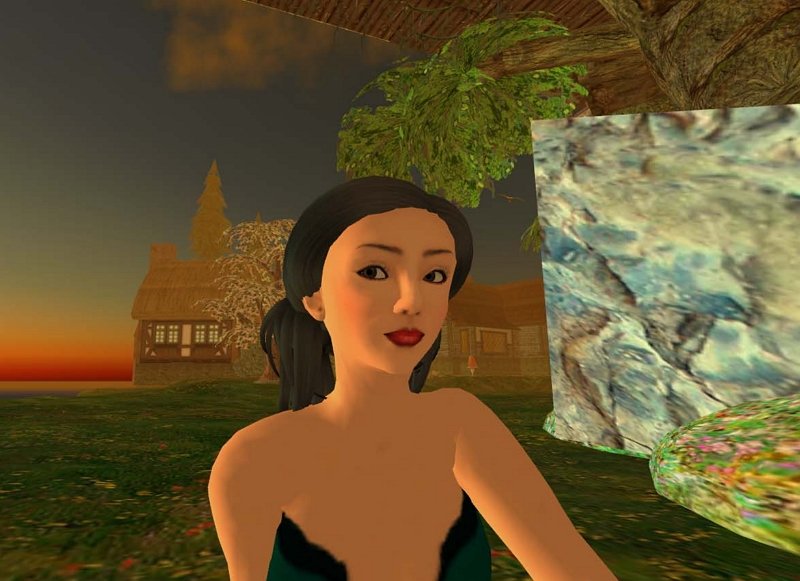I sometimes visit a world called Second Life, which is kind of a big 3-D space where you can hang out, build stuff, and fiddle with your avatar’s look. I’ve been a member since 2007, and in that time, I’ve seen the look of avatars change a lot. Also, the…
Category: avatars
Usability, customer service will be key for Linden Lab in 2011
A very down to earth and open-minded Linden Lab CEO Rod Humble (Rodvik Linden) spoke August 13 at the Second Life Community Convention (SLCC) in Oakland, Calif., and his message centered around focusing on making the user experience better and easier. Translation: bug fixes, not bright shiny new features. However,…
Doctoral student of psychology running body image study in virtual worlds
A Ph.D. candidate in Melbourne, Australia, is looking for a few good men. Jon-Paul Cacioli, a clinical psychology student at Deakin University, is conducting a study on body image in the virtual would to see if the avatar can give us any insight into possible real-life psychological properties, he said…
Reason and passion (and appreciating point of view)
There are some learning experiences that are inspired by interactions within Second Life groups. I belong to a group called Play as Being, which gets together in Bieup to discuss things like meditation, mindfulness, the self, and play. Over time, we have evolved an inclusive method for discussion that helps…
Visiting OSGrid
My experience with OSGrid was a short one because I couldn’t move around very well.
Metanomics: Learn how your avatar participates in a virtual world culture
The Metanomics group on March 2 discussed virtual world culture and how having an avatar can impact social interactions in places like Second Life. How seriously should we take it?
Participate in events which live in both worlds
Friday, October 10, 2008 The NPR radio show Science Friday has been airing its shows with an added Second Life component. The team has designed a spiffy outdoor ampitheater and Ira Flatow has an avatar he uses in world to represent him. His producers read the questions and comments that…
Try out an SL ride
Nostrum Forder gave me a simboard lesson this weekend so I wouldn’t look like a complete idiot while playing with my new toy.
